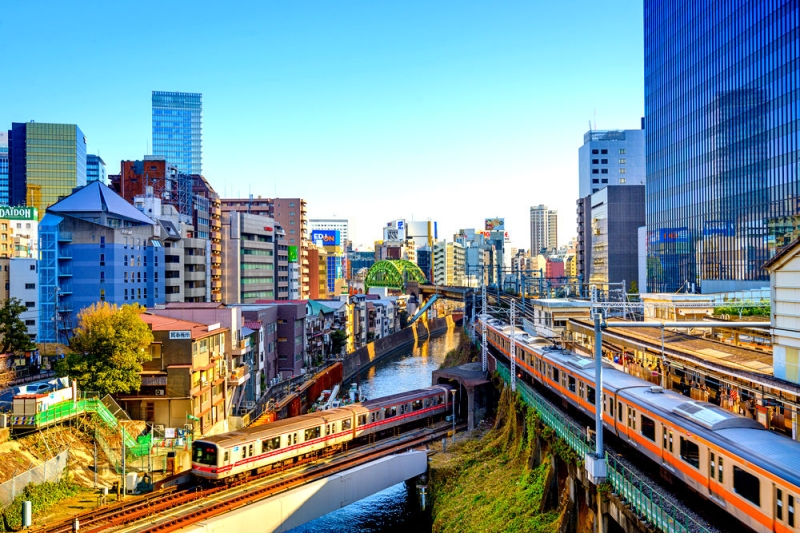
What associations do you have when you think about the Japanese subway? Before the trip, I imagined it like this.
Thousands of people merge into a common stream. There is chaos all around. People do not fit into the carriages, so special employees push them into the carriages. Scream. The noise of a departing train. Which station to get off at? Nothing is clear! The signs have solid hieroglyphs…
If your ideas about the Japanese subway are like mine, then relax. It’s not that scary. In this text I will tell you how to use the Japanese subway using the example of the Tokyo subway.
I want to go to Tokyo!
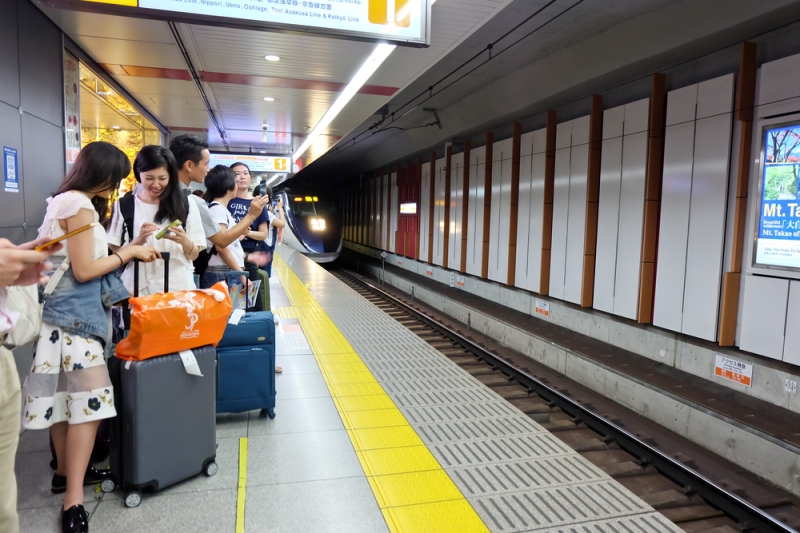
To get from point A to point B, you need to take 7-8 simple steps, depending on whether you need a transfer or not.
1. Find the desired entrance to the metro station.
2. Buy a ticket from a machine or ticket office.
3. Go through the turnstile.
4. Choose the right direction.
5. Get off at the correct station.
6. Make a transfer and repeat steps 4-5.
7. Go through the turnstile.
8. Find the right exit to the city.
Everything is simple and clear. In any subway we perform a similar sequence of actions, but Japan has its own specifics. Let’s figure it out.
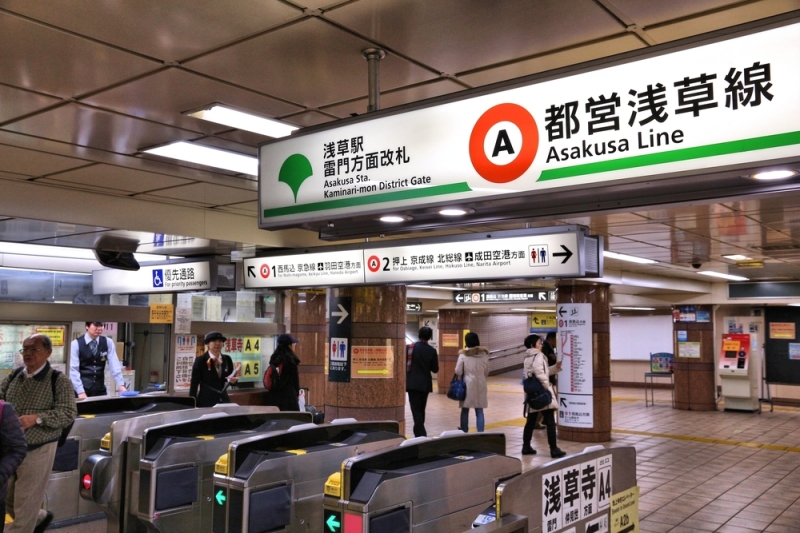
How to find the correct entrance to a metro station
We lived next to Shinjuku Station, the most popular in the world according to the Guinness Book of Records. Every day it receives more than 3 million people. A huge transport hub: 36 platforms and 200 exits to the city. Diving under the first sign and immediately buying a ticket is a mistake that will waste time.
At the stage of getting to know the city, the first thing you need to do is find the entrance that leads to your station. This is not about descending into the subway from the street, but about entering a specific station. There are turnstiles, and above them there is a sign in Japanese and English. The pointer is either highlighted with the color assigned to this line, or it has an icon of your line with an arrow pointer. Why is it important to find your entrance?
1. Near the entrance to the station there are machines where you can buy tickets. The terminals on different branches are very similar. In the bustle, you can get confused and buy the wrong ticket. Once I did just that, I had to go to the person on duty at the entrance and explain the situation. Fortunately, there were no problems with getting the money back.
2. Stations of different lines are, naturally, interconnected, but it is much more convenient to immediately approach the desired entrance than to enter through another station and make your way to the desired platform.
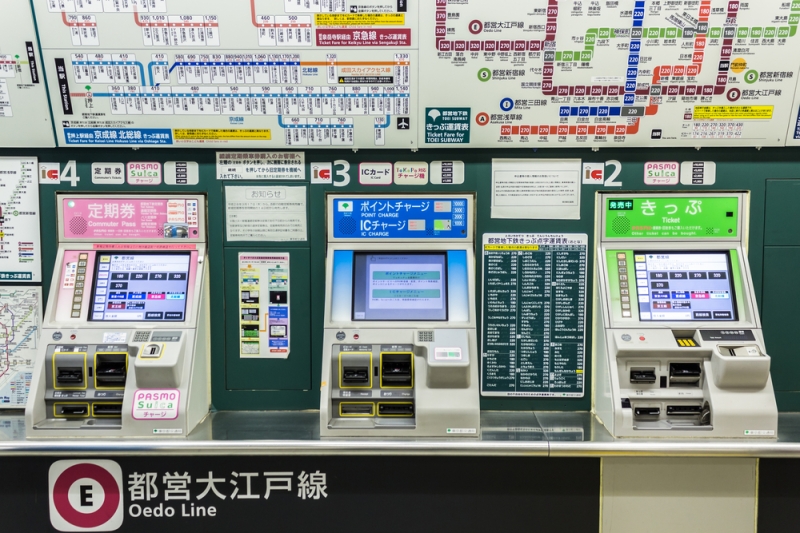
How to buy tickets from the machine
Tickets for the metro and JR trains are sold at ticket offices and ticket machines. The machines are faster and more convenient and are located right in front of the turnstiles. Above them hangs a metro map with prices, most often duplicated in English. If the required stop is not on the map, then on the information board at the side of the terminal there will be a complete list of stations with fares.
The red mark on the map is the station where you are now. Find your destination. There will be two numbers next to it. Large black – regular ticket price. Small colored one – preferential price. Remember the black number and go to the machine.
1. Click the English button.
2. Select Ticket.
3. Find and press the button with the price that matches the black number on the card.
4. Deposit money. Banknotes and change from 10 yen are acceptable.
5. Collect your ticket and change.
Be sure to keep your ticket until the end of your trip, as the turnstile will take it back at the exit.
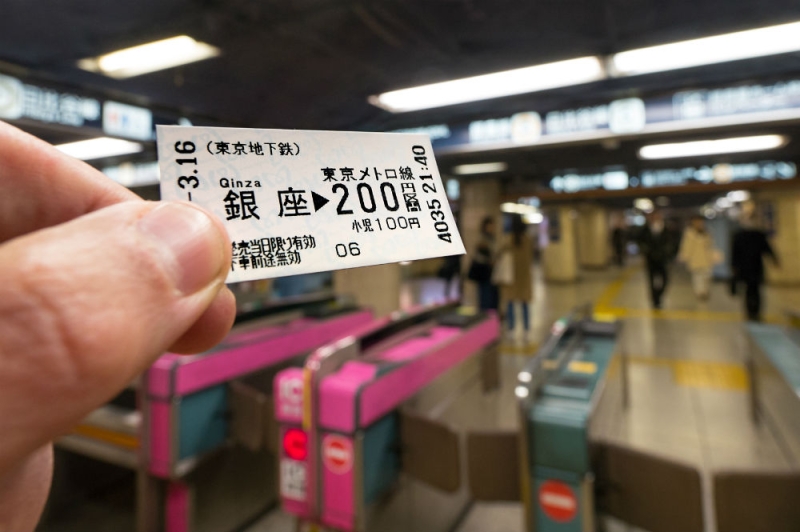
What happens if you buy the wrong ticket
It’s OK. The turnstile will not let you through either at the entrance or exit from the metro. There is no need to be afraid of this. There is always an English-speaking employee on duty near the turnstiles; you can approach him and explain the situation. I said something like this:
“Good afternoon, we wanted to travel from station X to station Y. We bought this ticket, but there was a problem. Tell me what to do?»
The employee will either ask you to pay the difference, or return the money and show you how to buy it correctly, or maybe just skip it. This also happened. If you don’t want to communicate with the person on duty, then there will be terminals nearby for automatic additional payment. You need to insert a ticket into the terminal and it will show how much you need to add.
Important point. Since you are buying a ticket with a view to a specific station, be careful in adjusting your plans. If you suddenly decide to travel one stop more, then at the exit you may be asked to pay the difference in ticket prices.
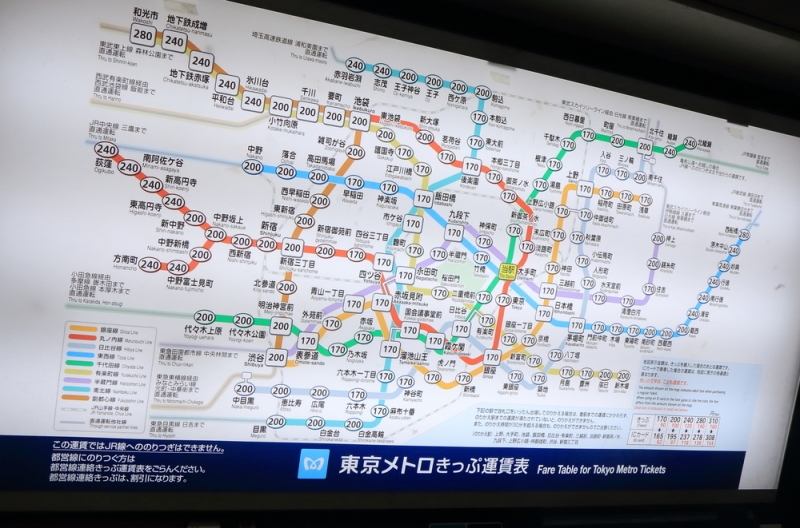
How much does it cost to travel
The Tokyo metro is represented by two competing systems:
- Tokyo Metro – 9 lines that were privatized in 2004;
- Toei Subway – 4 lines, which are maintained at the expense of the city budget.
In addition, the city has several more monorail lines and JR trains – an analogue of our electric trains.
Fares vary between systems, but usually depend on the distance between your station and the final stop. There are several intervals. Here is an example of gradation for the Tokyo subway.
- 1–6 km. – 170 yen (86 rubles);
- 7–11 km. – 200 yen (101 rubles);
- 12–19 km. – 240 yen (121 rubles);
- 20–27 km. – 280 yen (141 rubles);
- 28–40 km. – 310 yen (157 rubles).

Each train system has its own passes. They can be used in different conditions and with different benefits for the owner. During our trip, we only made 2-3 trips on the metro and often moved from city to city by bus, so it turned out to be unprofitable to buy passes.
We could only use Coupon Tickets – wholesale ticket purchases. For example, 14 pieces for the price of 10. This option is suitable for large companies, and there were six of us, but we did not know about this option.
It’s best to read about travel cards on the official websites of railway systems right before your trip.
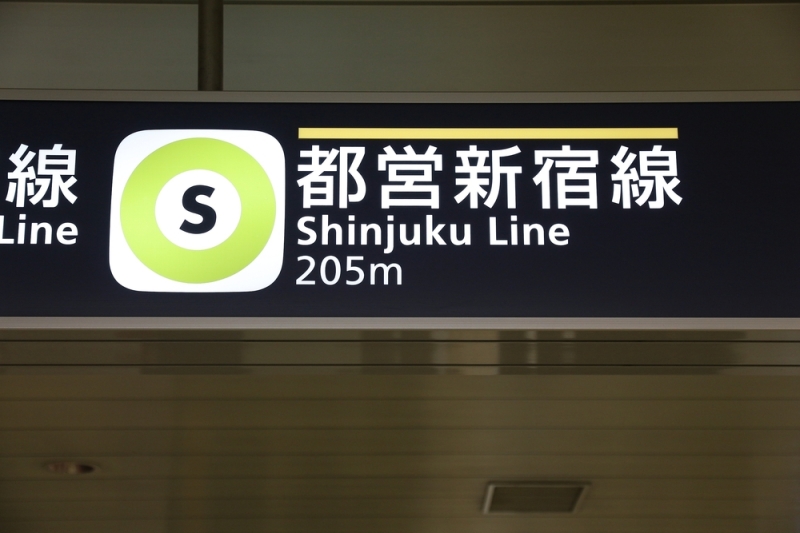
How to navigate the subway
At the station
In Tokyo, each station has its own unique designation. It consists of the letter assigned to the line and the serial number of the station. Examples: C12, M14, E25.
Signs work the same as in any other subway. When searching for a platform, it is important to pay attention to the color of the line and the direction indicated on the sign. For these purposes, it’s good to have a metro map on hand or on your phone so you don’t have to constantly run to information stands.
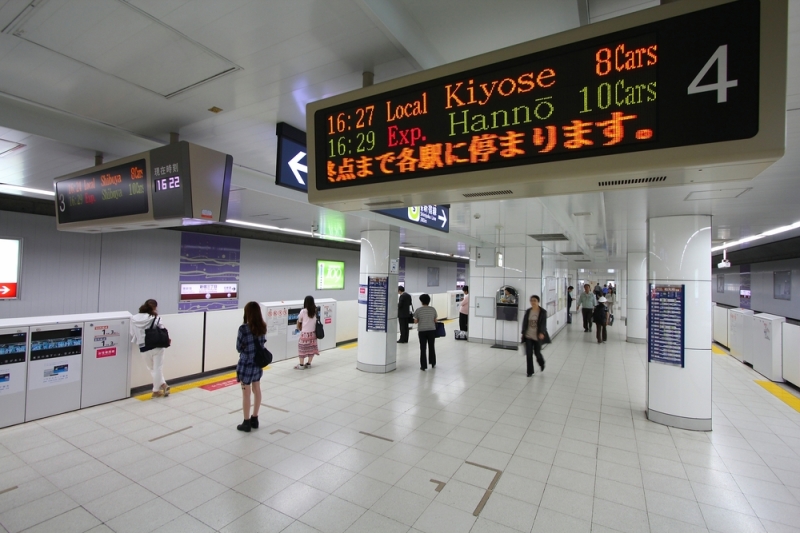
The main difficulty for a tourist is to get on the right train. They differ from each other in that high-speed trains pass through small stations without stopping. The type of train can be determined by the data on the electronic display, the plate on the first car and the inscriptions on the remaining cars.
You can find out the route using the diagram located on the platform. Train types are assigned a specific color. The diagram shows several colored lines that pass through all stations on the line. If a circle is drawn near a station, then a train of this type stops there. If not, he passes by.
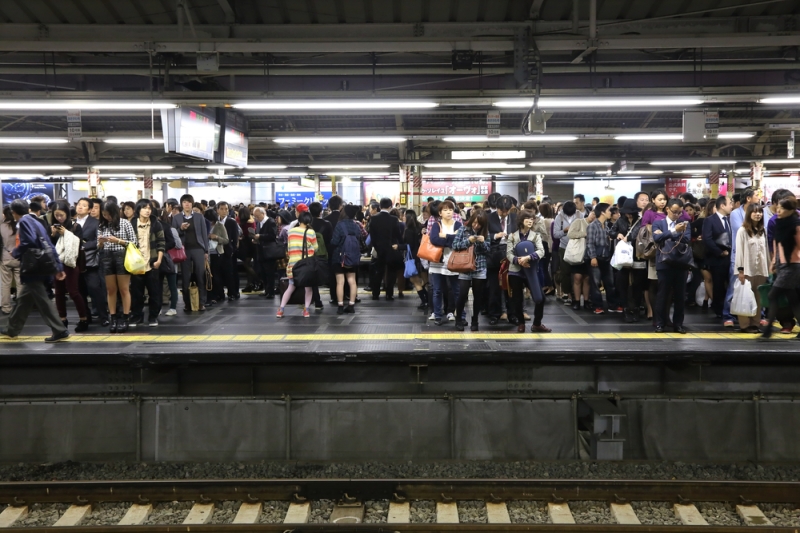
Boarding a carriage is an organized process. At least during those hours when the metro is not crowded. There are signs on the platform where the doors will be. People line up in neat queues and calmly let passengers out of the carriage, after which they board themselves. Quiet and no fuss.
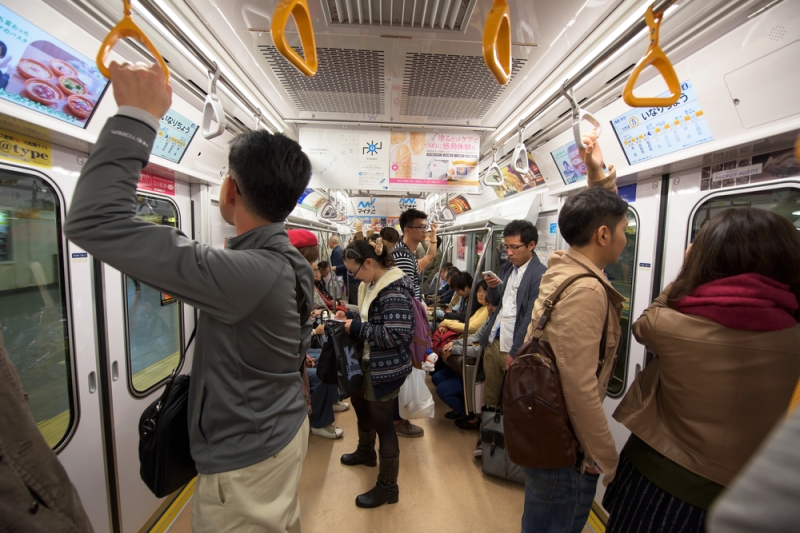
In the carriage
The main task of the tourist at this stage is not to miss his station. To do this, you need to follow the route so that if something happens, you get out on time. You can use different sources of information:
1. Announcements.
They are dubbed in English. The station of arrival and the next one in the direction of travel is called.
2. Electronic display or interactive map.
They display up-to-date information about the trip and the next stations.
3. Map.
There is usually a line diagram hanging above the door. The entire map can be viewed at the stations or searched in the carriage.
4. Signs at stations.
When you pass the platform, the sign says not only the name of the station, but also those that came before and will come after it.
One time I was driving towards Ginza, but missed the train. Got on the expressway. He passed my station safely and had to get off at the next one. There was a surprise waiting for me there. You can’t just switch to another platform. You have to go out into the city and pay again or talk to the duty officer so that you can let him through just like that. I preferred to walk to my destination. Lost 30 minutes. This system is not available at all stations, but keep this in mind.
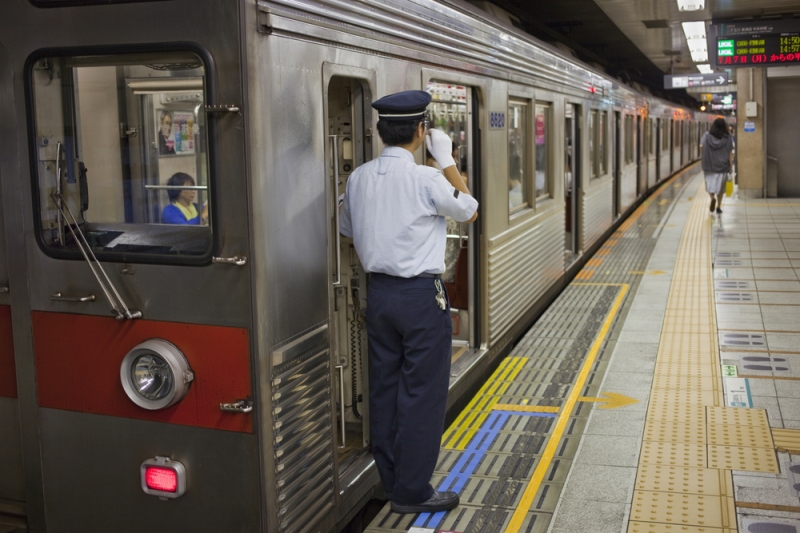
Interesting observations
- It is not customary to give up your seat. Be prepared for the fact that your kindness will not be understood or appreciated.
- During peak hours, when the metro is operating at maximum capacity, trains are allocated one carriage only for women. It says so on it: «Women only».
- You can move from one carriage to another. This is fine. The doors are not locked.
- During a stop, the driver leans out of the cab and monitors the landing. When everyone has entered the carriage, he closes the doors and starts the engine.
- Each metro station has a free and clean public toilet. Lots of vending machines with drinks and snacks.
- There are usually several exits to the city. They are numbered. In order not to miss, it is better to study the map, which is located immediately behind the turnstiles.
That’s all. If you have conquered the subway in Tokyo, then the subways in other cities in Japan will seem very simple and intuitive to you. Good luck!
You can find hotels on OneTwoTrip.

